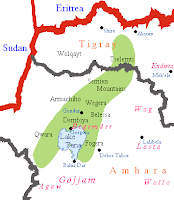There is a wide range of products on the market to deal with the monthly period, but how did people deal with it centuries ago?
Men never experienced menstruation, and therefore could not completely understand it, so they made theories. Pliny, a popular source of Classical and Medieval knowledge, thought it was sorcery; in his Naturalis Historia he wrote:
It would indeed be a difficult matter to find anything which is productive of more marvelous effects than the menstrual discharge. On the approach of a woman in this state, must will become sour, seeds which are touched by her become sterile, grafts wither away, garden plants are parched up, and the fruit will fall from the tree beneath which she sits. Her very look, even, will dim the brightness of mirrors, blunt the edge of steel, and take away the polish from ivory. A swarm of bees, if looked upon by her, will die immediately; brass and iron will instantly become rusty, and emit an offensive odor; while dogs which may have tasted of the matter so discharged are seized with madness, and their bite is venomous and incurable. [Chapter 13]
And in Chapter 17, he returns to the topic:
Over and above these particulars, there is no limit to the marvelous powers attributed to females. For, in the first place, hailstorms, they say, whirlwinds, and lightning even, will be scared away by a woman uncovering her body while her monthly courses are upon her. [link]
Much has been said about whether Pliny had a sense of humor and was deliberately exaggerating in his comments. Though his letters show signs of humor, it is difficult to believe that he was "poking fun" at either his audience or the topic while writing a history of the natural world. We also have statements from the Middle Ages such as mentioned in the False Decretals that suggest how horrible writers (no doubt all men) considered when a woman has her period.
Judaism also developed an aversion to menstruation. Leviticus 15, 18, and 20 were turned into Rabbinic Law about women in their time of "impurity."
But how about the women themselves? What did they do to deal with this monthly event? Tomorrow we'll take a look at feminine hygiene practices relating to this topic.









.jpg)




